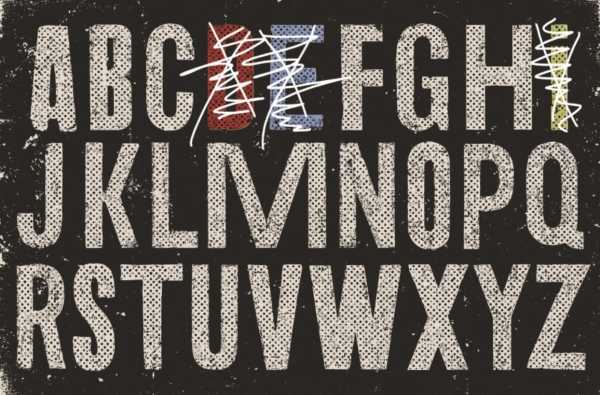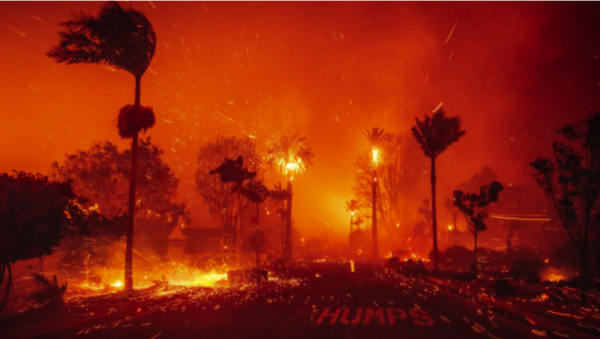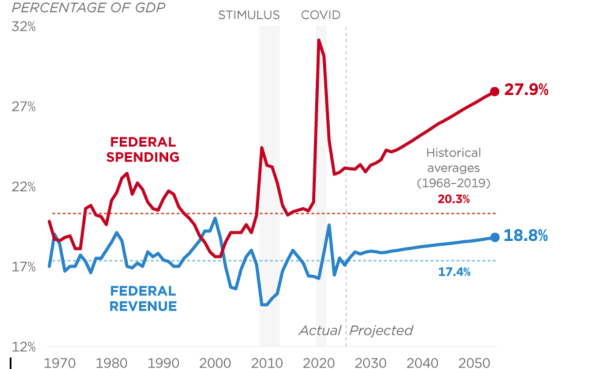Visiting author, curriculum promote understanding of slavery
During the past month, senior history and English classes as well as the school’s writing community have seen a multifaceted approach to one of the most prominent phenomena in American history: slavery in the antebellum South.
On Nov. 16, author Will Dunlap visited campus, where he met with students at the Writing Center for a question and answer session and worked briefly with the Writing Fellows. Dunlap received his MFA in 2009 from the Michener Center for Writers at the University of Texas and has been teaching at the University of Georgia since 2011. A writer and professor, Dunlap is currently working on a novel set in the antebellum South, which tells the story of a child sold into slavery and recovered by her parent, who was never a slave.
Dunlap acknowledges the unlikelihood of such a plot.
“In some sense, the goal is to build a world that is lifelike and realistic, but the setting for an impossible dream,” said Dunlap. “I don’t really want to write depressing, horrible stories. At the same time, [slavery] is so important and so interesting that I don’t want to leave it out.”
In preparation to write the novel, Dunlap explored a variety of primary sources, including transcribed interviews of former slaves from the Works Progress Administration’s initiative to gather anecdotal evidence in the 1930s. Additionally, he traveled extensively throughout the Deep South, visiting plantation houses and slavery museums to most effectively understand the subject matter.
Dunlap notes the difference between reading accounts and visiting locations where slavery took place.
“Spending time in the environment is hard to grasp out of memoirs,” said Dunlap. “Once you go in, just to get the scope of what people are growing now, [such as] sugar cane and cotton, [help] to remember that sugar cane was a death sentence for so many slaves.”
Dunlap currently teaches a freshman course on Southern history and culture at the University of Georgia that explores a cultural anthology of Southern gothic writing as well as the roots of Southern food and music.
“[The course] is not a matter of teaching diversity,” said Dunlap, “but a matter of looking at who we are as Americans and saying, ‘This is where we came from.’”
Dunlap recommends that students trying to understand slavery refer to primary sources for the most accurate way to recognize these roots.
“[Primary sources] are so powerful; they are the voices of real people,” said Dunlap. “I was really happy with how unnerved and appalled many of [the students] were, as they should be. It’s a really good starting point to look at anything American.”
Just like students in Dunlap’s class, Westminster seniors have also have the opportunity to examine primary sources and explore the roots of slavery in both United States history and English courses. Five years ago, the English and history departments came together so that American literature would be covered in tandem with American history.
Although the curriculums are currently not intentionally aligned to cover slavery at the same time, all seniors will have learned about the political, economic, social, and cultural roots and implications of slavery as well as read either personal accounts or Toni Morrison’s Beloved, a fictional book published in 1987 told from the perspectives of former slaves.
“History is knowing about things, and a book like Beloved is knowing something,” said English teacher Frank Finsthwait. “You participate in [the events] rather than looking at them.”
Senior Max Rogers also emphasizes the benefits of the interdisciplinary connections between the history and English curriculums, which help to understand the most accurate portrayal of slavery as possible.
“[In history class], there were certain things that were explained in stuff we read in English,” said Rogers. “It was shocking, and helps us appreciate how horrific slavery was and how it was such an important issue.”
Classes taught by United States history teacher Megan Wilson have even taken the interdisciplinary connections outdoors by working with cotton and sweet potatoes.
“We wanted to show through the garden what food would’ve looked like for slaves,” said Wilson. “Westminster wants to have a heritage element to it.”
In addition to working in the garden to understand the labor-intensive nature of slave life, Wilson’s classes also examine a narrative by William Grimes, among other primary sources, to understand the brutality associated with slavery.
Teachers note that such brutality and inhumanity of antebellum slavery demand careful attention to creating an effective teaching environment that accounts for a wide range of student perspectives.
“[I approach teaching the subject] with a lot of hesitation and risk-taking,” said Finsthwait.
Others prefer to tackle slavery head-on.
“Obviously, race is particularly challenging, and people don’t want to talk about it,” said English teacher Kristin Hunter. “I think [it is effective] to stay focused on the text but acknowledge the difficult material, have ways to talk about it, and be able to be uncomfortable. It’s a big responsibility to [teach Beloved] well, but it’s enhanced by the work that the history department is doing in all the classes.”
Such views are unpatriotic, according to a popular criticism of the AP United States History curriculum before its redesign, in effect since the 2014-2015 school year, in that it too heavily emphasized slavery and imperialism and supposedly created a far too negative portrait of the country.
“That’s the worst rationalization I’ve ever heard of patriotism,” said Dunlap, “but it’s not an uncommon one. In some ways, the Civil War takes a lot of the emphasis off what slavery was doing and puts it on the victorious North. It’s a horrifying fact.”
Others note the importance of using awareness of slavery and its role in the country’s history as a way to create a sense of identity.
“Unless I have honest and open awareness of how I got to be here, I’m probably going to have a limited understanding of other people,” said Finsthwait. “As a country, in order to understand ourselves, we have to face up to the difficulties, missteps, and misplaced emotional energy that have gone into creating the American identity in order to really have an honest sense of how to go on from here.”
Despite the AP curriculum’s redesign, the Upper School’s approach to teaching slavery has not dramatically changed.
“I did a lot of work with racial history,” said AP United States history teacher Brooks Batcheller, “so that wasn’t going to have a huge impact on what I did anyway. I think across the board, it has not really changed what Westminster has done.”
Faculty and students alike agree that lack of open dialogue on the matter has played a role in the de-emphasis of slavery in the national curriculum.
“I think people feel guilty,” said senior Drew Borders. “I want people to understand, and I want their support. I feel like if [people] actually support the movement, we’d get much farther than we already are [in terms of understanding each other].”
Diversity coordinator Judy Osborne emphasizes the importance of experiencing the gravity and discomfort of the subject in order to make progress in discussing slavery and promoting racial justice.
“I think you have to stay on the topic until it hurts,” said Osborne. “Until people push through the discomfort and make this dialogue deliberate and consistent, I think we’ll always be returning to these ups and downs, periods where things seem peaceful and long periods of time of complete mayhem around racial issues.”
Some attribute the potential of this progress to openly reflecting on the past rather than disregarding it, especially in a city that has historically been at a center of racial injustice in the country.
“I think that when people are looking forward, they’re trying to ignore the past,” said senior Ashley Daniels. “The racist institution is still here, so I think when people say, ‘Let’s move forward,’ they’re forgetting that some of that stuff is still alive, and people are getting hurt.”
Racial identity and discussion of slavery are inherently tied to current events, especially related to disagreements on college campuses. The Calhoun College debate at Yale University and exposure of Woodrow Wilson’s racism at Princeton University are among the outburst of tensions across the nation, many of which involve resurfacing of influential figures’ racist actions in the history of the college.
“I don’t think there’s a clear answer [to these issues],” said Wilson, “but I am glad that people are bringing history into it. It’s not a topic debated with no context, but they are really trying to bring attention to the fact that there’s a really ugly past. In class, giving that background so people can have a voice later will help.”
In addition to encouraging each student to develop a voice, faculty agree that teaching slavery through a variety of resources will be highly applicable in the future.
“[I hope students will have] enough information to make informed decisions in the future, enough sensitivity to be deeply empathetic to people whose stories that may be different from [theirs], and [enough courage] to acknowledge the darker, less self-satisfying elements in the behavior in the country or our own behavior as individuals,” said Finsthwait.




